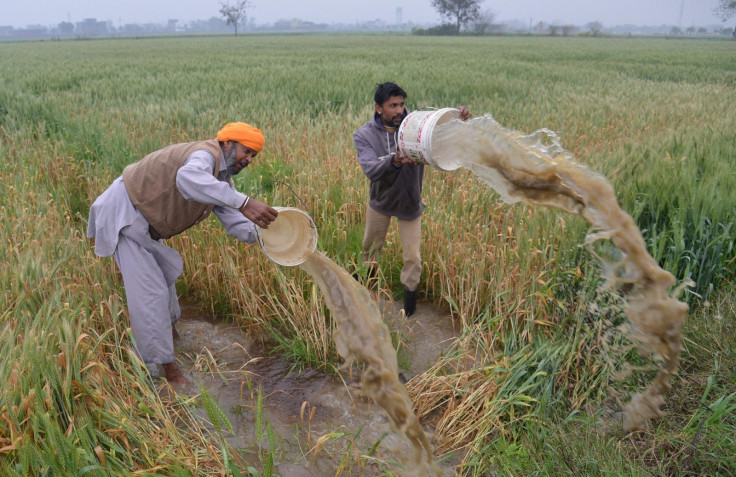Plants have 50 times more sensing receptors than humans to help them react to the environment
Plants can now be made to resist environmental changes like global warming.

Plants can see, hear, smell and even respond to threats caused by virulent pathogens and environmental dangers through different proteins in their cell membranes that act like sensors, according to a study. Plants were also found to have a massive number of these sensors- 50 times more than humans.
Over 200 of these proteins have been identified and a network map for them has been created for the first time ever. Phys.org (PO) reports that a team of scientists from four countries came together to conduct the study and their findings have been published in the journal Nature.
"This is a pioneering work to identify the first layer of interactions among these proteins," said Shahid Mukhtar, an assistant professor of biology in the UAB College of Arts and Sciences, Birmingham. "An understanding of these interactions could lead to ways to increase a plant's resistance to pathogens, or to other stresses like heat, drought, salinity or cold shock. This can also provide a roadmap for future studies by scientists around the world."
The international team, based in Europe, Canada and the United States, was led by Youssef Belkhadir from the Gregor Mendel Institute of Molecular Plant Biology, Vienna, Austria.
The team created a detailed interaction network map based on the leucine-rich repeat receptor kinases, or LRR-receptor kinases, known to be one of the most important classes of sensing proteins. These work in a way that is similar to human toll receptors.
LRR-receptor kinases are known to play an important role in animals for sensing the environment. In plants, they have been found to extend beyond the cell membrane and can recognise pathogens.
They are able to do this by sensing growth hormones and proteins carried by pathogens. Once they have been recognised as a threat, the proteins then trigger a response to the signals from inside the cell.
Arabidopsis thaliana, a "model plant", was found to contain over 600 receptor kinases, all responsible for growth, stress response, and immunity. For comparison, that is 50 times more than what is found in humans.
Till now, only a handful of these receptor kinases, their function, and how they would interact and coordinate responses from seemingly conflicting signals were known. This study was able expand this knowledge by testing interactions between outside the cell domains of these receptors in pairs. Researchers worked on 400 pairs and reportedly performed over 40,000 interaction tests.
An interaction map was then created by charting out positive responses from a total of 567 high-confidence interactions. The interaction map was then sent over to researchers in Canada where algorithms were used with the data provided and a number of hypotheses were created. The hypotheses were then validated by a team in Norwich, the UK.
With all this knowledge of how plants react and how they react to environmental threats, it might be possible to modify stress responses in plants, especially food and commercial crops to better resist changes caused by global warming and pathogens.
"The network developed in this study allows future researchers to comprehend the previously unknown connectivity of these receptors," said Timothy Howton at the University of Alabama. "This knowledge can be used to better understand how plants are sensing their environment within the complete context of the plant cell surface receptors."





















